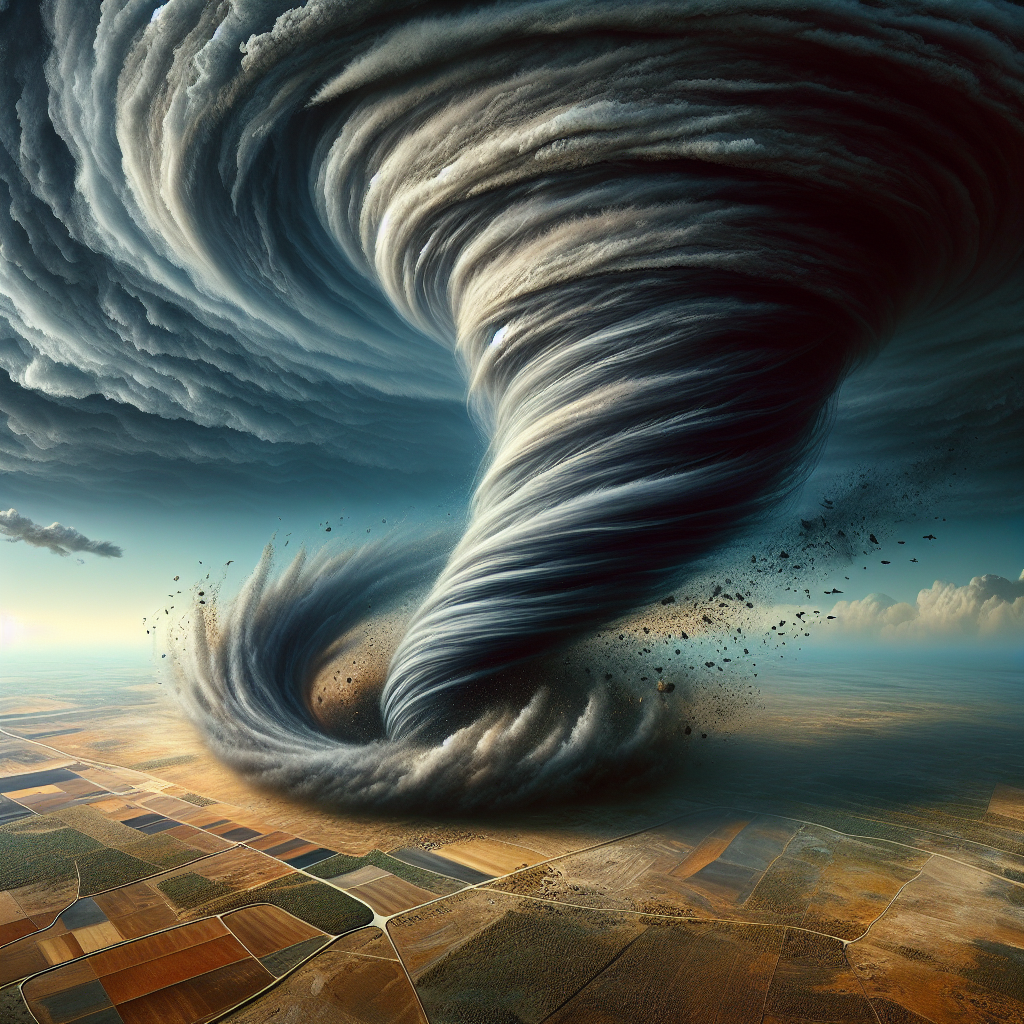Tornado: Understanding Nature’s Twisters
When it comes to nature’s most awe-inspiring and destructive forces, tornadoes stand out as one of the most intriguing phenomena. These powerful vortices of wind can cause significant damage and impact the lives of those in their path. Understanding tornadoes, their formation, and how to stay safe during such severe weather events is crucial. In this article, we delve into the fascinating world of tornadoes, explore how they affect weather patterns, and discuss the latest advancements in weather forecasting.
What is a Tornado?
A tornado is a rapidly rotating column of air that extends from a thunderstorm to the ground. These violent windstorms are capable of incredible destruction with wind speeds that can exceed 300 miles per hour. Tornadoes vary in shape and size, but they are typically characterized by their funnel-shaped cloud.
The Formation of Tornadoes
Tornadoes are formed under specific atmospheric conditions. They usually occur in association with severe thunderstorms, particularly those known as supercells. The key ingredients for tornado formation include:
- Instability: Warm, moist air at the surface and cooler, dry air aloft.
- Wind Shear: A change in wind speed and direction with height.
- Lifting Mechanism: A front or dry line that forces air upward.
When these elements come together, they can create a rotating updraft known as a mesocyclone. If the conditions are right, the mesocyclone can intensify and spawn a tornado.
Impact of Tornadoes on Weather
Tornadoes significantly impact weather patterns, especially in regions prone to severe weather. They can disrupt transportation, cause power outages, and lead to the loss of life and property. Understanding these impacts is crucial for preparedness and response efforts.
Tornado Alley
The United States experiences the highest frequency of tornadoes, particularly in an area known as “Tornado Alley.” This region includes parts of Texas, Oklahoma, Kansas, and Nebraska. The flat terrain and climatic conditions make it an ideal breeding ground for tornadoes.
Advancements in Tornado Forecasting
Thanks to technological advancements, meteorologists have made significant strides in predicting severe weather, including tornadoes. The Storm Prediction Center plays a vital role in monitoring weather conditions and issuing forecasts and warnings.
Role of Weather Satellites and Radars
Weather satellites and Doppler radars are essential tools in tornado forecasting. They provide real-time data on storm development and movement, allowing meteorologists to issue timely warnings.
Severe Weather Outlooks
The National Weather Service regularly issues severe weather outlooks that help communities prepare for potential tornadoes. These outlooks are crucial in mitigating the impact of severe weather events.
Staying Safe During Tornadoes
Being prepared and knowing how to respond during a tornado can save lives. Here are some safety tips to keep in mind:
- ✅ Have a weather radio or smartphone app for alerts.
- ✅ Know your community’s warning system.
- ✅ Identify a safe room in your home, such as a basement or interior room on the lowest floor.
- ✅ Practice tornado drills with your family.
After the Tornado
Once the tornado has passed, it’s essential to stay informed and follow safety instructions from local authorities. Avoid downed power lines and report any hazards to emergency services.
Conclusion
Tornadoes are a powerful reminder of nature’s unpredictable and often destructive power. By understanding how tornadoes form and the impact they have on weather patterns, we can better prepare and respond to these severe weather events. Staying informed through reliable sources like the Storm Prediction Center and the National Weather Service is key to ensuring safety and reducing the risks associated with tornadoes.
Frequently Asked Questions (FAQ)
- What should I do if a tornado warning is issued? Immediately seek shelter in a safe location, such as a basement or an interior room without windows.
- How can I receive tornado warnings? Use a weather radio, smartphone apps, or sign up for local alert systems to receive warnings.
- What is the difference between a tornado watch and a tornado warning? A tornado watch means conditions are favorable for tornadoes to form, while a tornado warning means a tornado has been spotted or indicated by radar.


